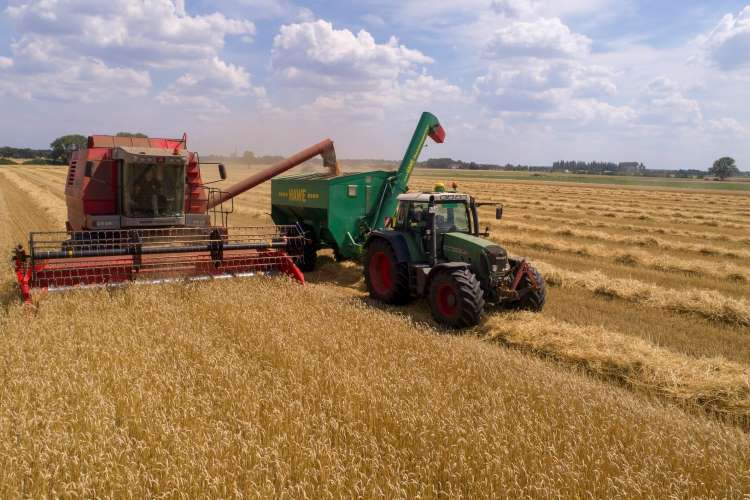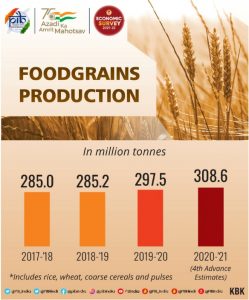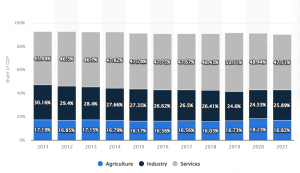
The Union Budget for the financial year 2023-24 has reduced allocation for the agricultural sector. Finance Minister Nirmala Sitharaman in her fifth Union budget allotted Rs 1.25 lakh crore for the sector compared with Rs 1.33 lakh crore in the current financial year. While the government has made claims regarding the farm sector still being on a high-priority list, this do not reflect in budget allocations.
India’s agriculture sector employs more than half of India’s workforce and accounts for around 17% of the country’s GDP. Agriculture is the source of livelihood for a majority of rural households and the sector is key to ensuring food security. Despite the key role it plays in the economy, the agriculture sector faces a number of challenges such as land fragmentation, water scarcity, and climate change.
READ | Russian invasion of Ukraine: A year of atrocities, inadequate global response
The agriculture sector was a rare bright spot when all other sectors were reeling under the effects of the coronavirus pandemic. Different flagship schemes of the agriculture ministry have undergone major funding cuts. The overall allocation of the agriculture ministry has been trimmed by about Rs 8,500 crore. The allocation for the Pradhan Mantri Fasal Bima Yojana (PMFBY) which was projected as a gamechanger for the agriculture sector has been trimmed from Rs 15,500 crore to Rs 13,625 crore in this Budget which is a 12% cut in funding.
Another popular scheme of the Modi government — the Pradhan Mantri Kisan Samman Nidhi (PMKisan) — also saw a dip of Rs 8,000 crore. The allocations for the financial year 2023-24 is Rs 60,000 crore, compared with the previous year’s allocation of Rs 68,000 crore.
Missing tax incentives
Of the major misses in this year’s budget are much-needed tax incentives to encourage investments by agri-tech players in new-age technology applications. These technologies, such as the Internet of things, artificial intelligence, machine learning, and blockchain are crucial to modernise the sector. Such initiatives are also important to incentivise players in the agri-tech space to make further investments to reap the benefits of new-age technologies.

There are various suggestions to strengthen the sector under consideration by the government. These include reducing the goods and services tax (GST) rate on crop protection products, farm equipment, seeds and other inputs in view of ever-growing input costs. Along with these steps, the government must also consider increasing the budget allocations to help the farmers.
The sector is economically unsustainable, causing massive distress to the agrarian community. Despite a significant portion of the population relying on agriculture as a source of livelihood, it continues to face the challenges of low efficiency and limited income generation.
Distribution of India’s GDP across sectors

Dependence on rains
The dependence of Indian agriculture on monsoon rains is problematic. As per the latest data available with the directorate of economics and statistics (DES), nearly half of the country’s gross cropped area is under assured irrigation, but the rest is dependent on monsoon rains. The budget for PM Krishi Sinchayee Yojana, the flagship irrigation scheme, has been cut to Rs 8,600 crore from Rs 10,950 crore in the last budget. Irrigation can increase crop yields and help farmers grow crops even during dry seasons. The government could work to expand irrigation facilities and improve the efficiency of existing facilities.
Despite efforts to address the issues facing the sector, many persistent problems remain. One of the key concerns is the government’s control over critical aspects of the sector such as input-output, marketing, and distribution. Other than this, there is an urgent need to create employment opportunities in the sector and promote commercialisation and diversification. The implementation of modern land record systems may also prove central for effectively carrying out agricultural reforms.
Digitization drive in farming, the agricultural accelerator funds, and the horticulture clean plant programme are some important steps taken in the budget. And so is the effort to make India a global hub for millets.
